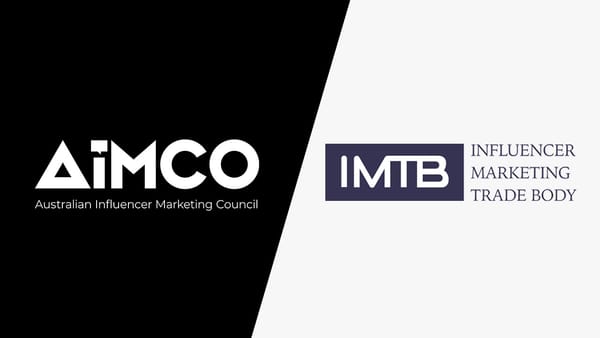Here are seven differences to keep in mind:
Seven Differences Between B2B and B2C Influencer Marketing

Influencer marketing has come a long way, but the journey was not free from pitfalls. The disastrous Fyre Festival — and its accompanying documentaries released on Hulu and Netflix — tarnished many people’s perceptions of influencers and put influencers’ work in the international spotlight. Econsultancy’s What Consumers Think About Influencer Marketing report revealed that consumers cited the authenticity of influencer content as their top concern. At the same time, the respondents felt that influencer disclosure hashtags such as #ad did not make influencer content less credible. What’s more, the Influencer Marketing Benchmark Report by Influencer Marketing Hub indicated influencer marketing is in a rapid growth period, and doing it right can give brands up to $18 in earned media value for every dollar spent. Earned media is publicity a brand receives through means other than paid advertising. These findings highlight that although some marketers have cautious perceptions of influencers and their associated authenticity, they should still strongly consider increasing their influencer marketing investments. The influencer marketing companies that help them do that effectively must understand the differences between business-to-business (B2B) and business-to-consumer (B2C) marketing.
Here are seven differences to keep in mind:
Here are seven differences to keep in mind:







